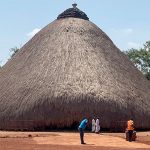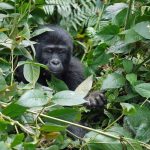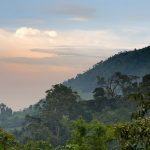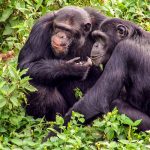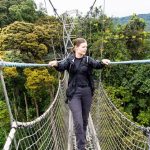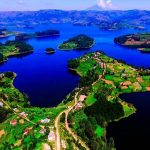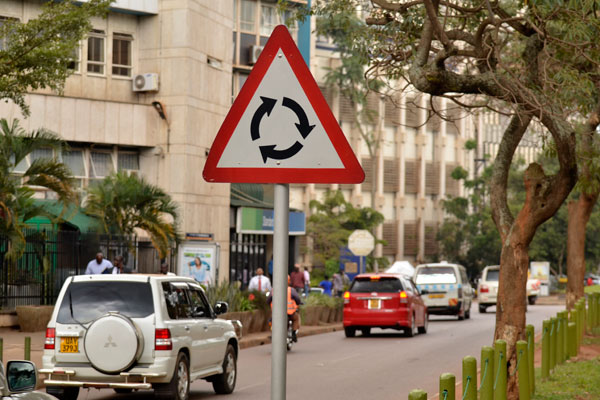The Mighty River Nile is not only the longest river in Africa but also the second longest river. This river is very important to Uganda and it is our national pride. Its Source lies in Jinja, the Adventure Capital. This river has led to the development of several water based adventure activities and a lot of potentials still exist.
The Nile has generally been regarded as the longest river in the world. It is the River Nile that opened up Uganda to the outside world. Explorers reached Uganda in the 1850s looking for the Source of this mystical river that runs through various countries till it pours its waters into the Mediterranean sea.
The name – the NILE, is derived from Greek meaning ‘valley’ but the Arabs claim it as well – let alone the Ugandans that have stared at it for years. In Uganda, it take on a different local name here; ‘Omugga Kiyira‘. Kiyira comes from the native word “okuyiira” meaning the “thunderous sound” that used to come from its waterfalls in Jinja.
The English simply added to it – ‘White Nile‘ and ‘Blue Nile‘ as it takes on different names further north into Sudan and Egypt. Careful, you could quite easily get lost into this etymology.
Before a hefty bit of 4,258 miles, the Nile gets lost into South Sudan, Sudan and Egypt on its way to the Mediterranean Sea, it does justice for me to concentrate on the bit that exudes life into Uganda.
The source of this mystical river is located a point in Jinja where the Nile flows out of Lake Victoria near the town of Jinja. The River Nile takes on different shapes and sizes as it flows through Uganda showcasing perhaps the most beautiful scenes of calmness and rapid waterfalls.
From Lake Victoria, just a few miles down the river, the Nile flows over the Nalubaale and Kiira dams at the Owen falls and over the Bujagali dam further downstream before embarking on some 480 km northwest. Bujagali is quite a good spot for white water rafting and bungee jumping.
The Nile then flows through Lake Kyoga, cutting through Masindi port, flowing further north before it burst into a magnificent waterfalls at Karuma – The Karuma power dam has been built here.
It flows further northwest through Murchison falls National Park reaching perhaps its highest speed. At the Murchison falls the Nile superbly plunges into a series of rocks through a narrow gorge at high speed falling from about 45 m before converting into an easy-flowing river whose banks are thronged with a brilliant collection of wildlife – crocs, hippos, waterbucks, buffaloes … beautiful scenery and the vegetation is magnificent as well.
Further on, the Nile has a brief encounter with Lake Albert … but shortly before that, up until this point, it is referred to as the ‘Victoria Nile‘. Out of Lake Albert, its name changes to the ‘Albert Nile‘ flowing further north through northern western Uganda en route to South Sudan.
It then takes on the ‘White Nile‘ tag meandering through South Sudan, Sudan and Egypt splitting into 2 (the White and Blue Nile) along the way before merging to find its way to the Mediterranean Sea.
For all the years gone by, the Nile has had significant influence on our history, culture and civilization. Strategically placed along its path, Uganda has fed off the Nile – watering the country but also influencing peoples’ life styles particularly through its potential for electricity generation. Could there be a better way to bid farewell to the ‘mighty’, magnificent and wonderful River Nile – for all its wildness and beauty through the landscapes and terrain, I can only say; thank you to her for being part of Uganda.

